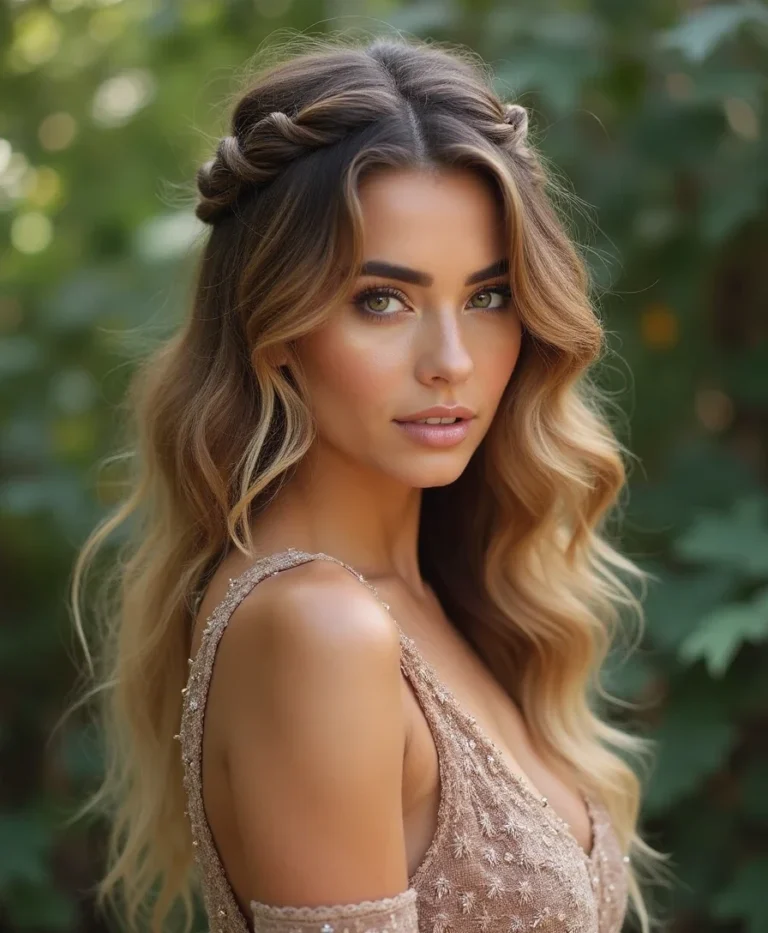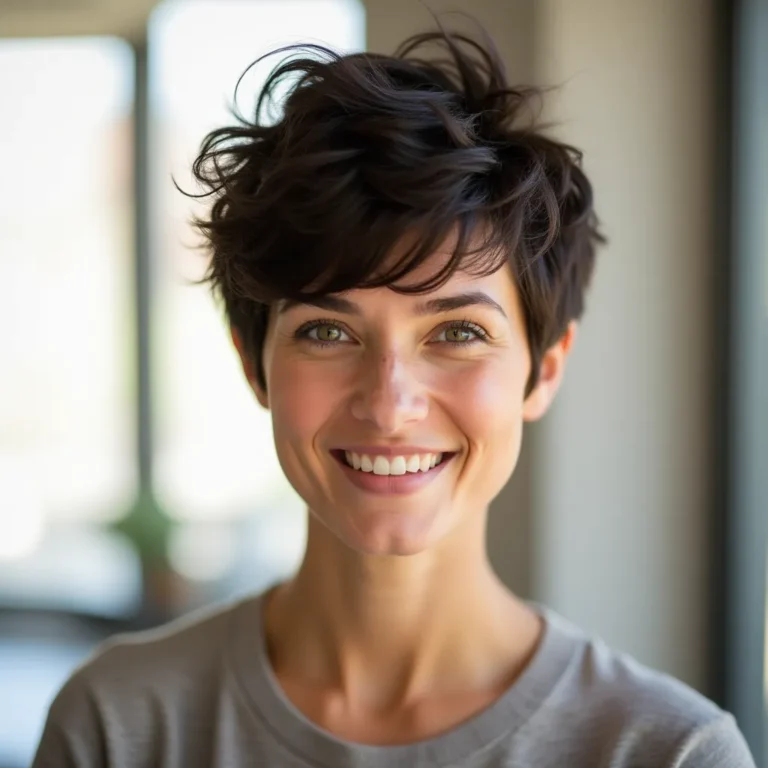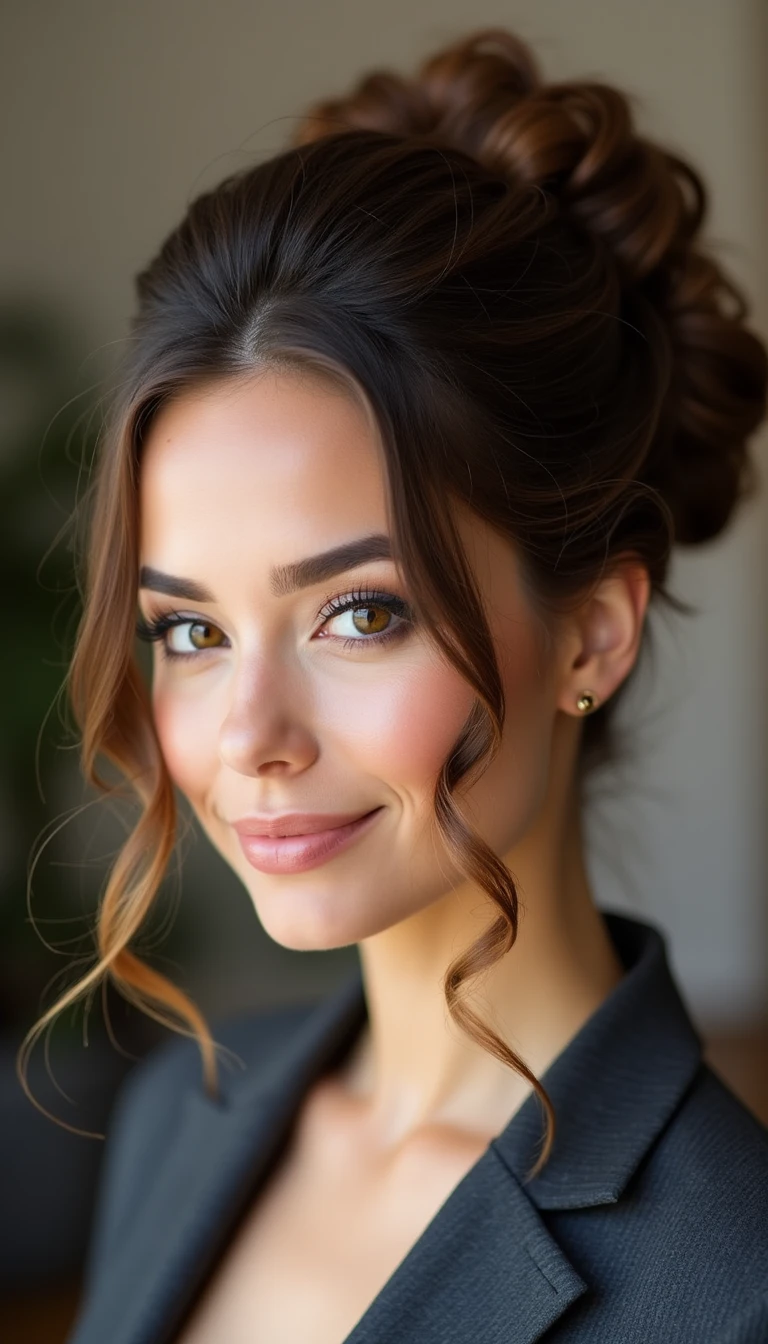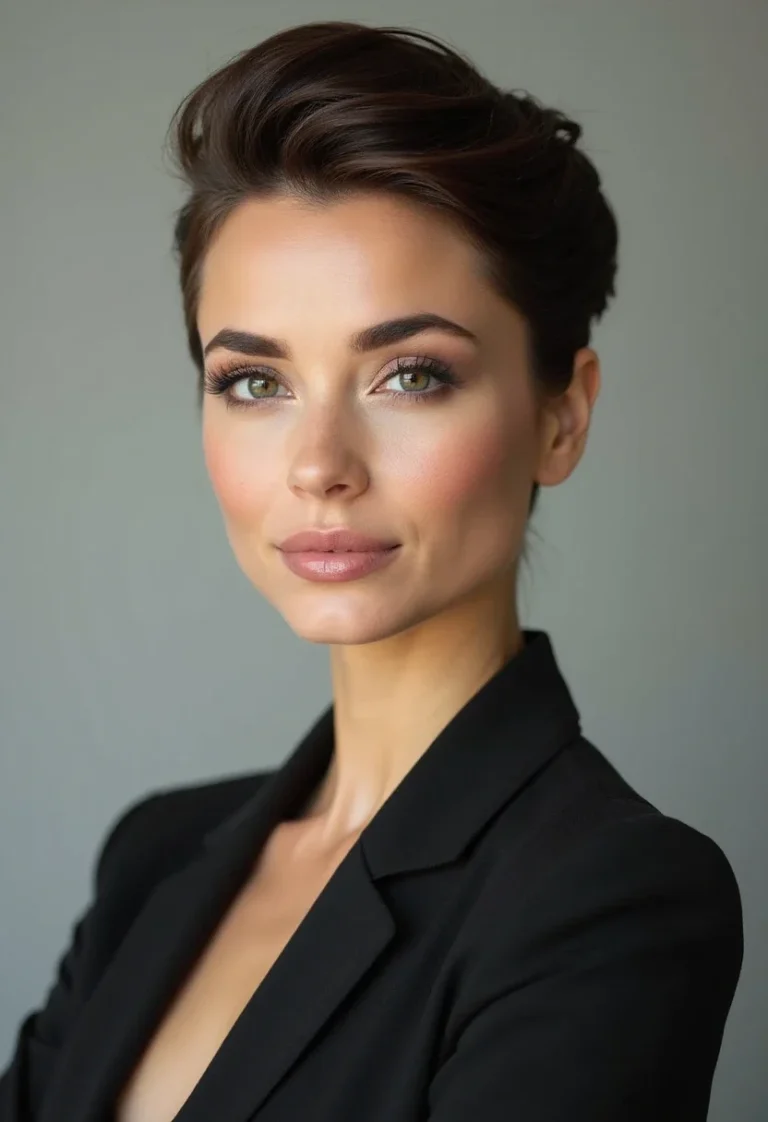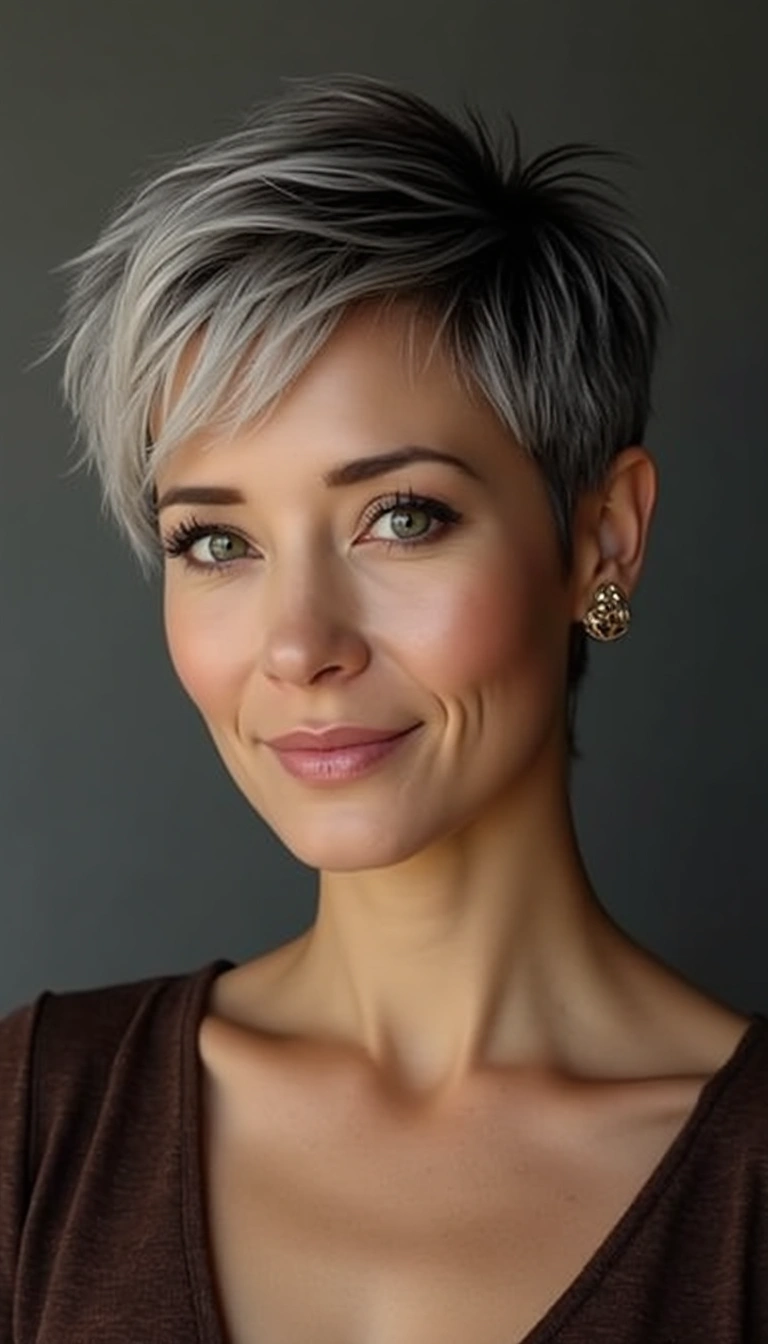15 Enlightening Facts about Hair Highlights and Lowlights
When it comes to hair coloring, highlights and lowlights are two techniques often used to add depth and dimension to your look. They can give your hair a sun-kissed glow, a dramatic contrast, or a subtle enhancement. But what exactly are highlights and lowlights? How do they differ, and what are their unique benefits? In this listicle, we’re going to delve into these questions and more. Get ready to learn 15 enlightening facts about hair highlights and lowlights that could transform your understanding of hair coloring.
1. The Basics: What are Highlights?
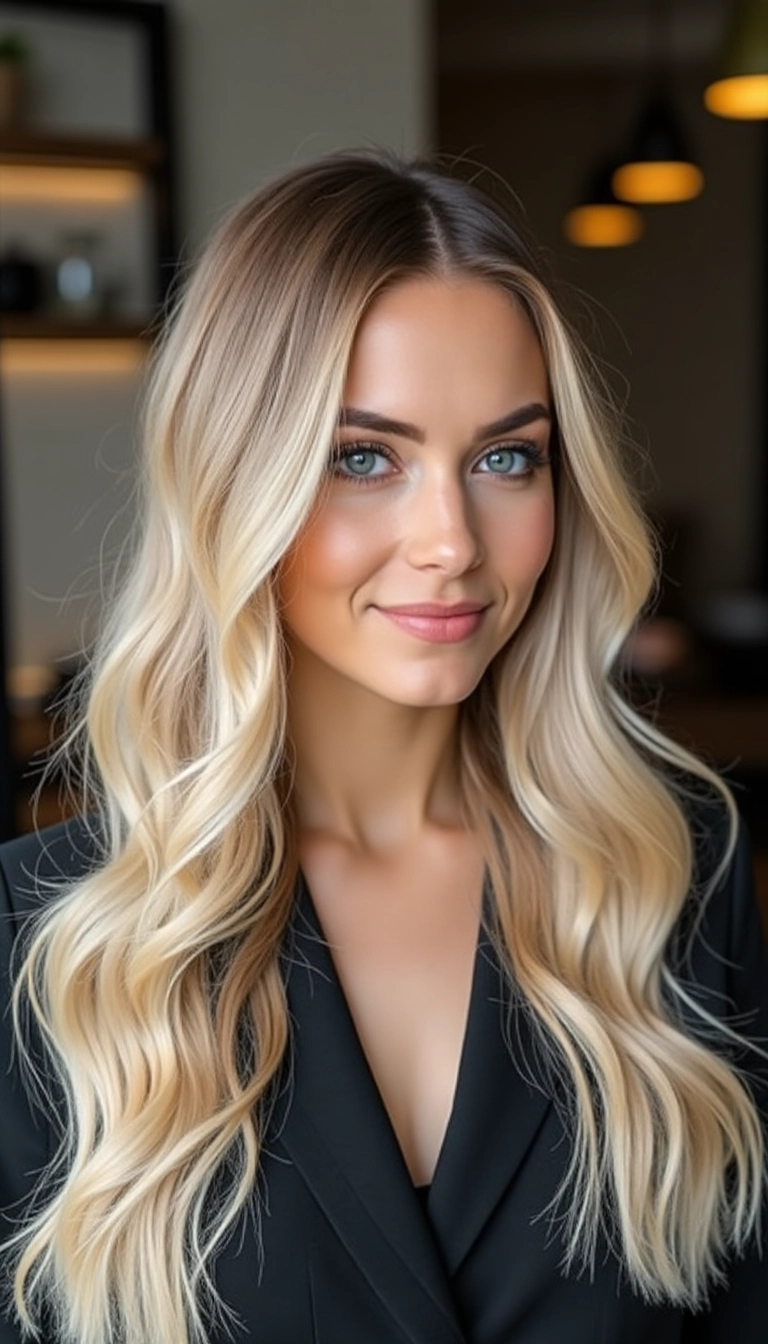
Highlights are strands of hair that are dyed lighter than your base hair color. They’re primarily used to add brightness and lightness to your hair, giving it a sun-kissed, youthful appearance. Highlights can be added all over the hair, or strategically placed in specific areas to frame your face or add depth to your hair.
2. The Basics: What are Lowlights?
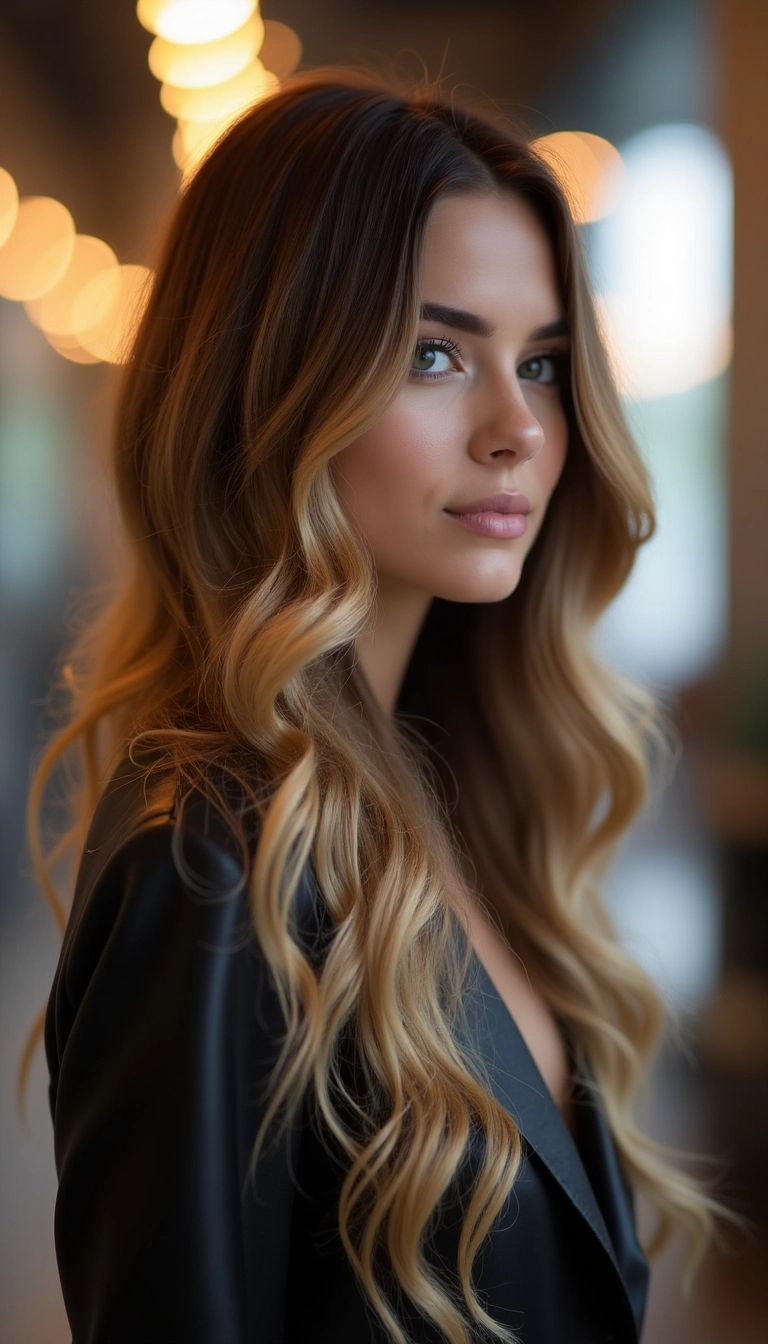
On the other hand, lowlights are strands of hair that are dyed darker than your base hair color. They serve to add depth and richness to your hair color, making it look fuller and more voluminous. Lowlights can be particularly effective in adding dimension to one-dimensional hair colors.
3. The Importance of Contrast
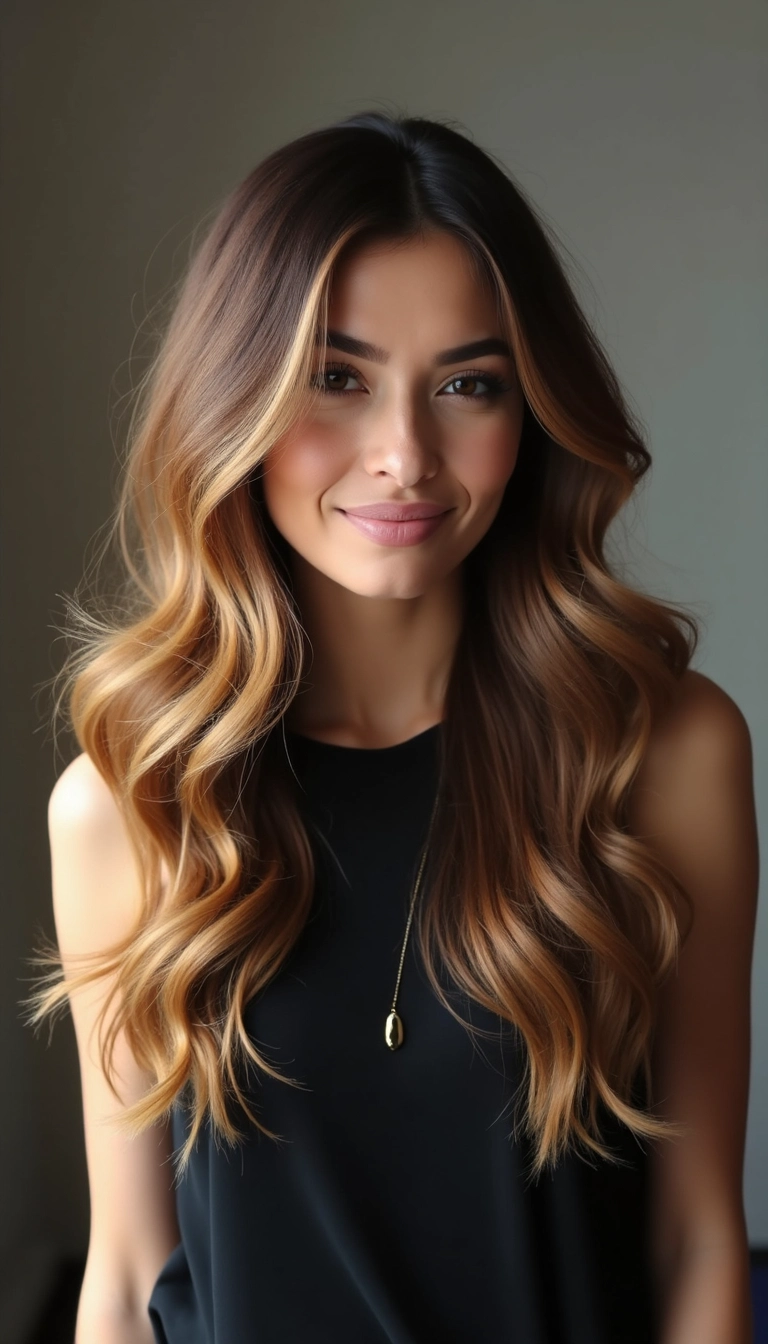
Both highlights and lowlights work on the principle of contrast. By adding strands of hair that are both lighter and darker than your base color, you can create a multi-dimensional look that has depth, movement, and visual interest. This contrast can be as subtle or as dramatic as you want, depending on your personal style.
4. Highlights for Different Hair Colors
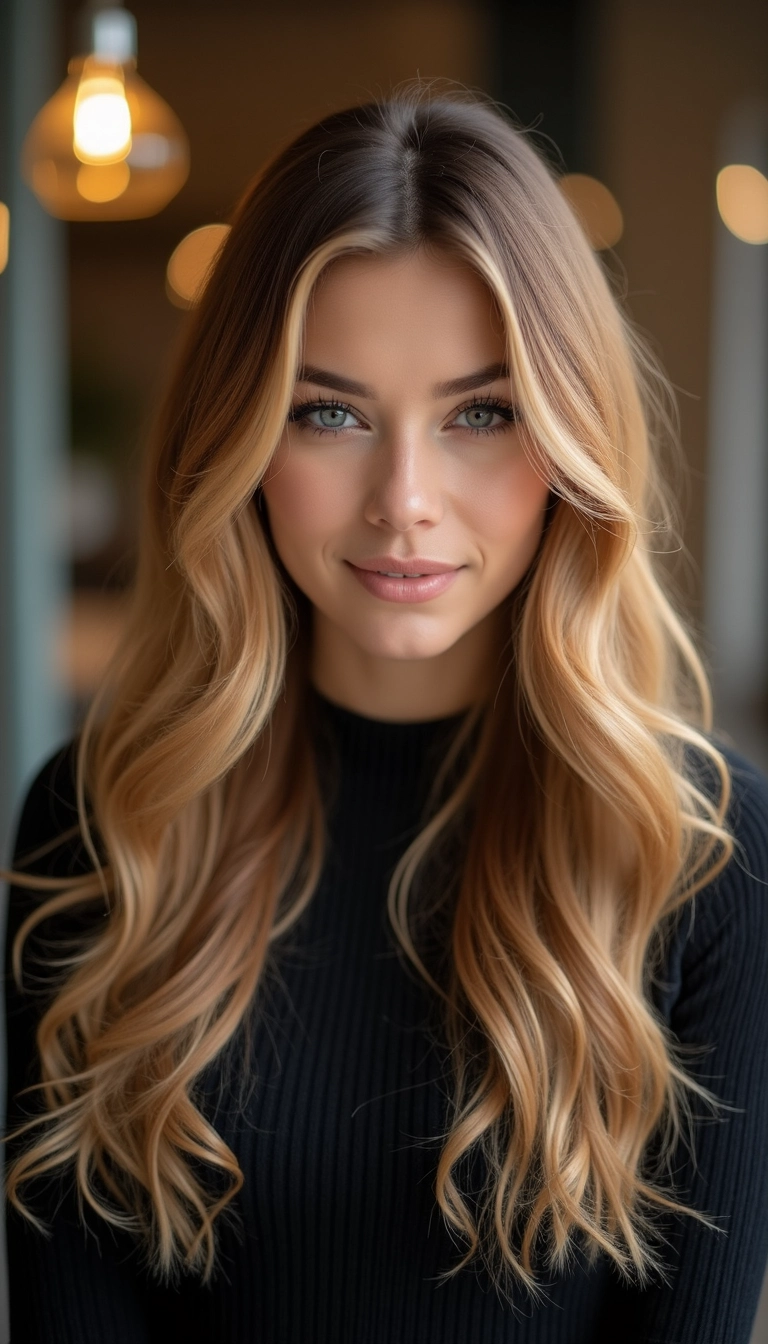
While blondes might have the most fun with highlights, they’re not the only ones who can benefit from this technique. Brunettes can opt for caramel or honey highlights for a warm, rich look. Redheads can go for golden or copper highlights to enhance their fiery hair. Even black hair can be enhanced with espresso or deep blue-black highlights.
5. Lowlights for Different Hair Colors
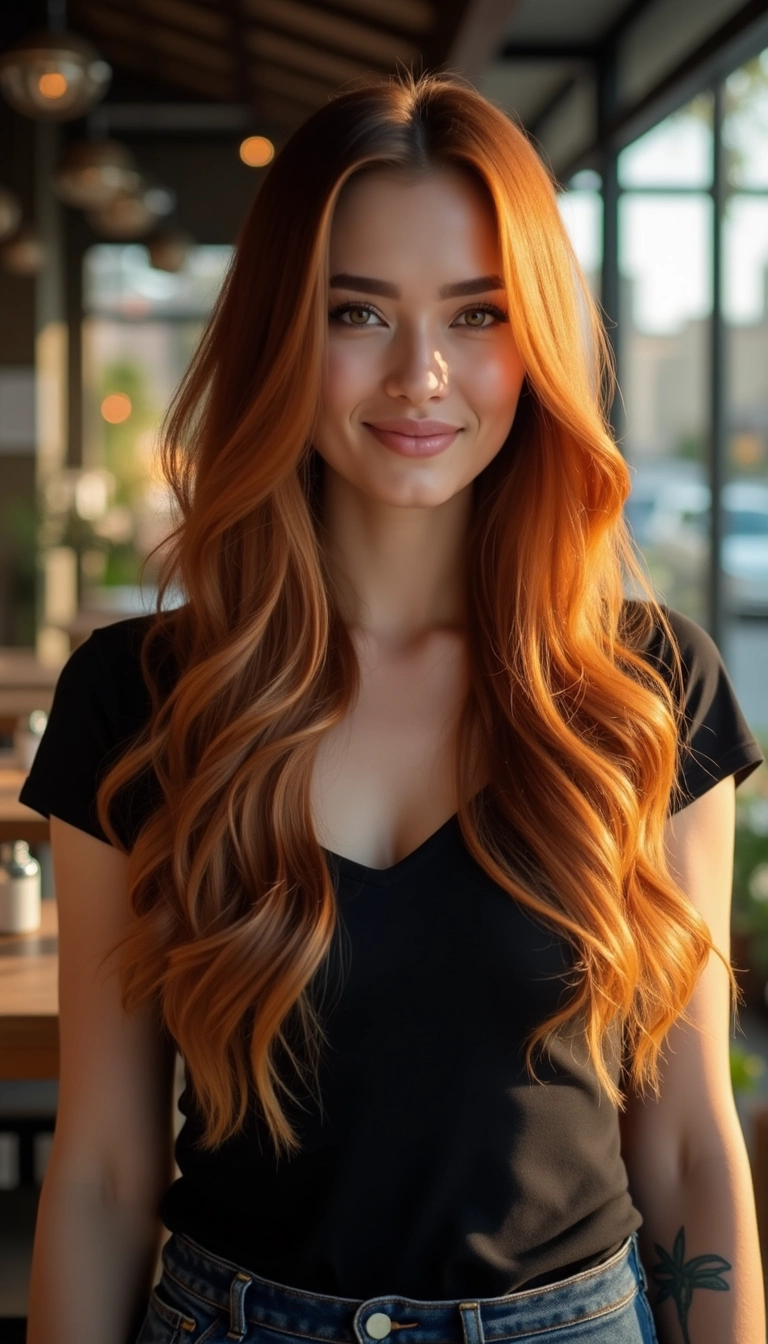
Just like highlights, lowlights can be used on any hair color. On blonde hair, lowlights can add depth and reduce the risk of looking washed out. For brunettes, they can add richness and warmth. On red hair, they can enhance the fiery tones. And on black hair, they can create an intriguing sense of depth and mystery.
6. The Balayage Technique

Balayage is a popular hair coloring technique that involves painting highlights onto the hair by hand. This allows for a more natural, graduated transition between the base color and the highlights, creating a sun-kissed, lived-in look. It’s a versatile technique that can be adapted to any hair color and length.
7. The Foil Technique
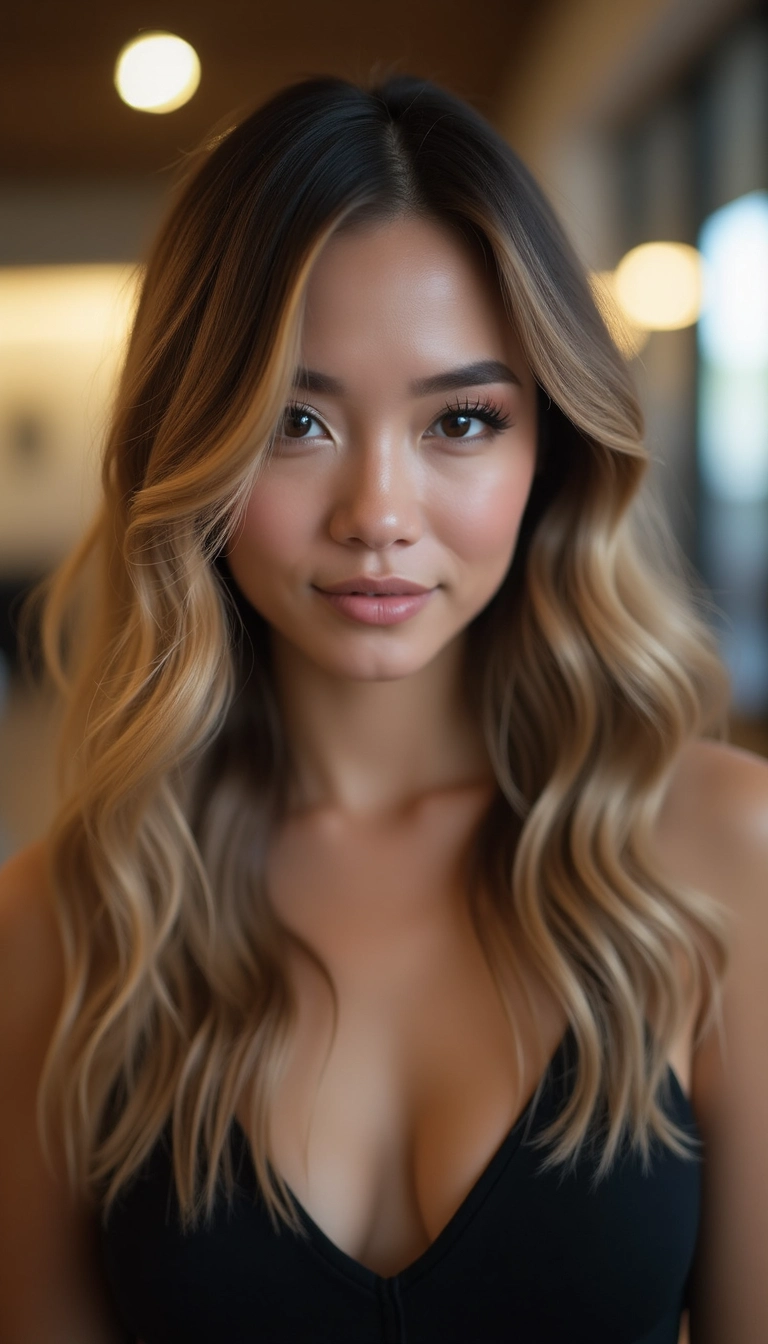
The foil technique is another common method used to apply highlights and lowlights. In this technique, sections of hair are wrapped in foil to isolate them from the rest of the hair. This allows for more precise placement of the highlights or lowlights, and can result in a more dramatic, contrasted look.
8. The Benefits of Mixing Highlights and Lowlights

By using a combination of both highlights and lowlights, you can create a more complex, textured look. This can add a lot of depth and movement to your hair, making it look more voluminous and dynamic. It’s a great option for those who want a more nuanced, sophisticated hair color.
9. Maintenance of Highlights and Lowlights
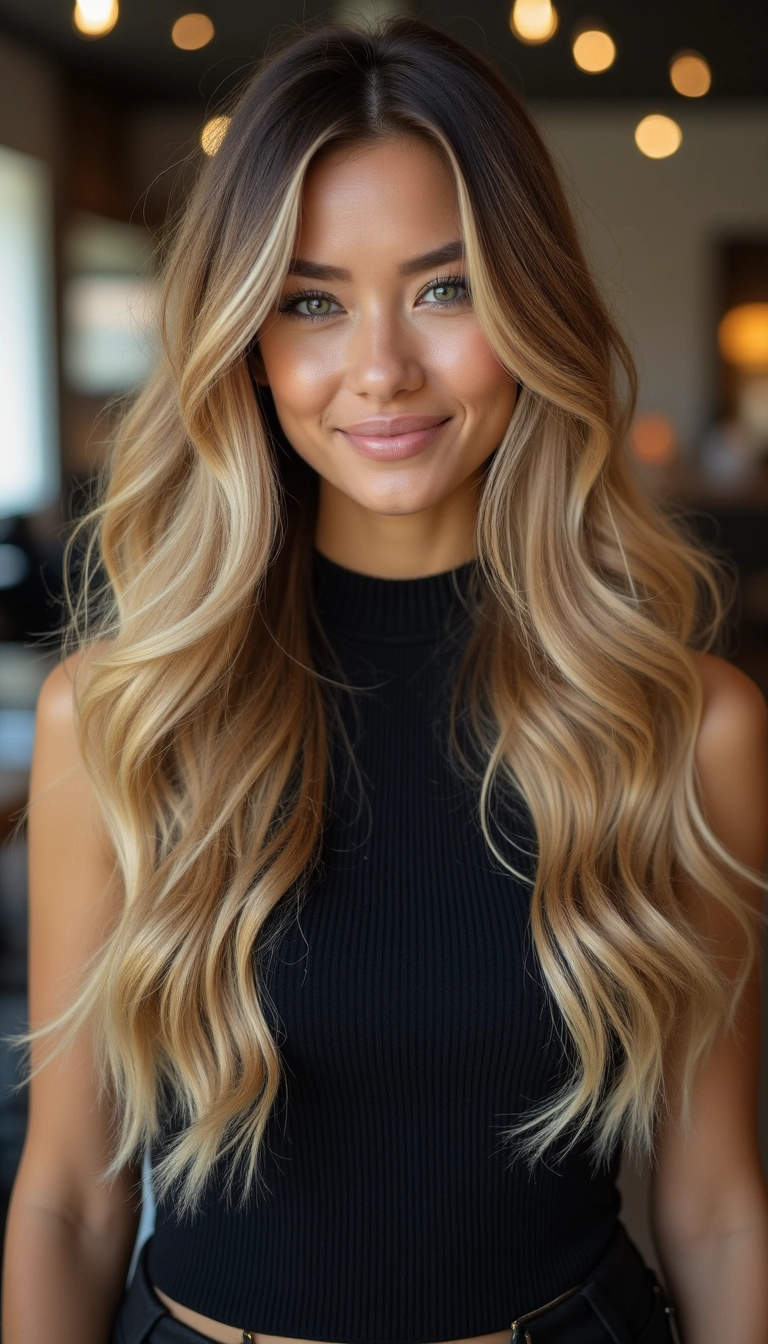
Both highlights and lowlights require maintenance to keep them looking fresh. This can include regular touch-ups, as well as using color-safe shampoos and conditioners. Depending on the contrast between your base color and your highlights or lowlights, you may also need to use toning products to maintain the right balance of tones.
10. Highlights and Lowlights for Different Hair Lengths

While highlights and lowlights can be used on any hair length, the techniques and placement might vary. For short hair, subtler highlights or lowlights can add dimension without overpowering the look. For medium-length hair, a mix of both can create a dynamic, textured look. And for long hair, dramatic highlights or lowlights can add a lot of interest and movement.
11. Highlights and Lowlights for Different Hair Textures

The texture of your hair can also affect how highlights and lowlights look. On straight hair, highlights and lowlights can create a sleek, polished look. On wavy hair, they can enhance the natural movement and texture of the waves. And on curly hair, they can add depth and definition to the curls.
12. The Effects of Lighting
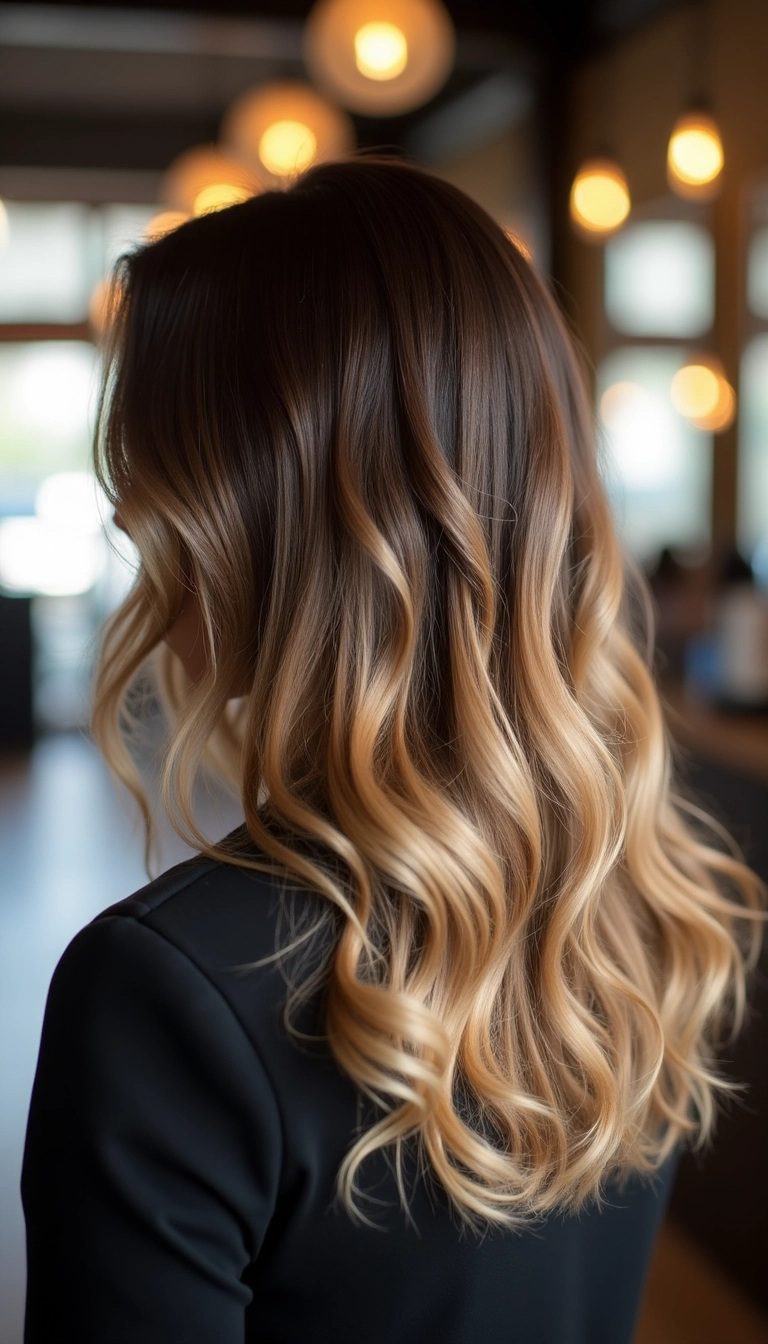
One fun thing about highlights and lowlights is that they can look different in different lighting conditions. Under sunlight, they can look bright and vibrant. Under indoor lighting, they can look softer and more subtle. This can add a lot of versatility to your look, making your hair look like it’s constantly changing.
13. Choosing the Right Colorist
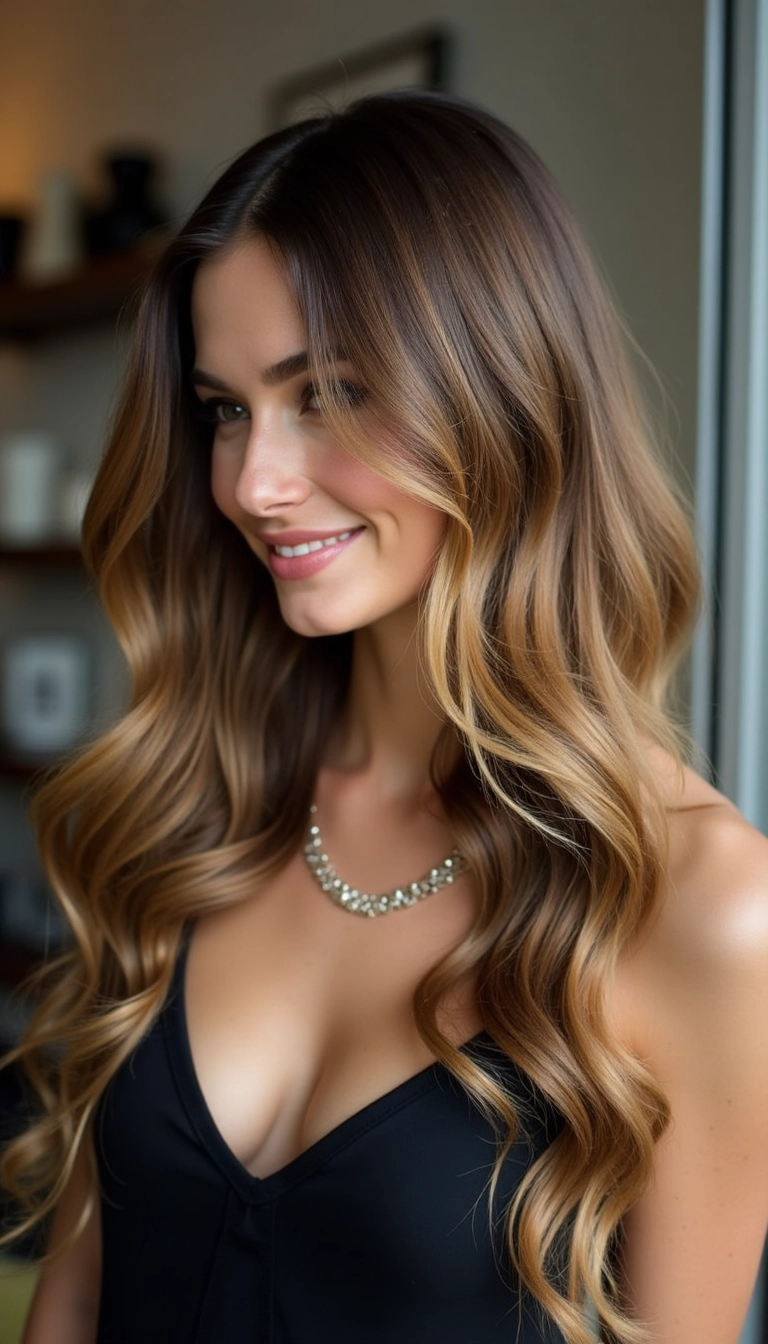
The success of your highlights or lowlights can depend largely on the skill of your colorist. It’s important to choose a colorist who is experienced with these techniques, and who understands your hair type and color goals. Don’t be afraid to ask for a consultation before you commit to anything.
14. The Cost of Highlights and Lowlights
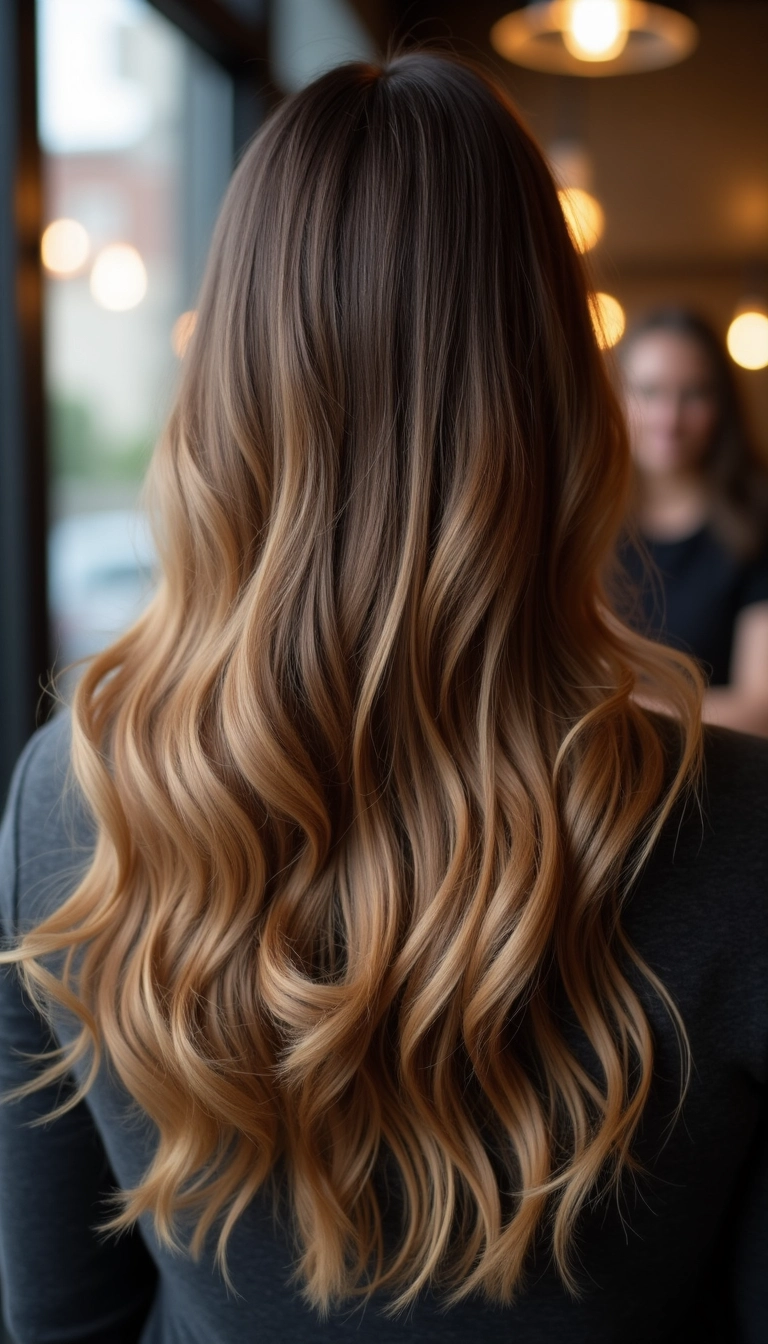
The cost of getting highlights or lowlights can vary greatly, depending on the complexity of the technique, the experience of the colorist, and the salon’s pricing structure. On average, you can expect to pay anywhere from $75 to $200 for a full head of highlights or lowlights. Be sure to ask for an estimate before you book your appointment.
15. The Fun of Experimentation
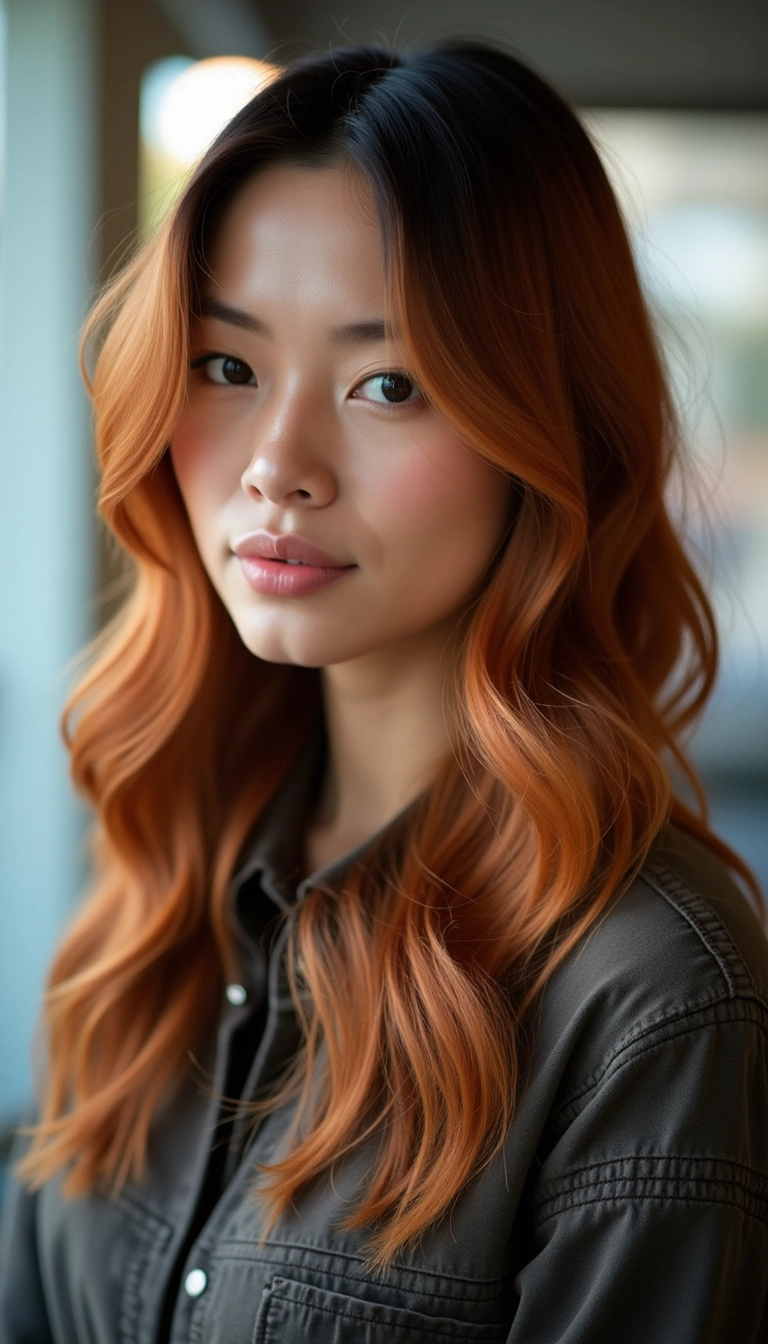
One of the best things about highlights and lowlights is the opportunity for experimentation. You can play around with different colors, placements, and techniques until you find a look that you love. And even then, you can change it up whenever you want a new look. It’s all part of the fun of hair coloring!





